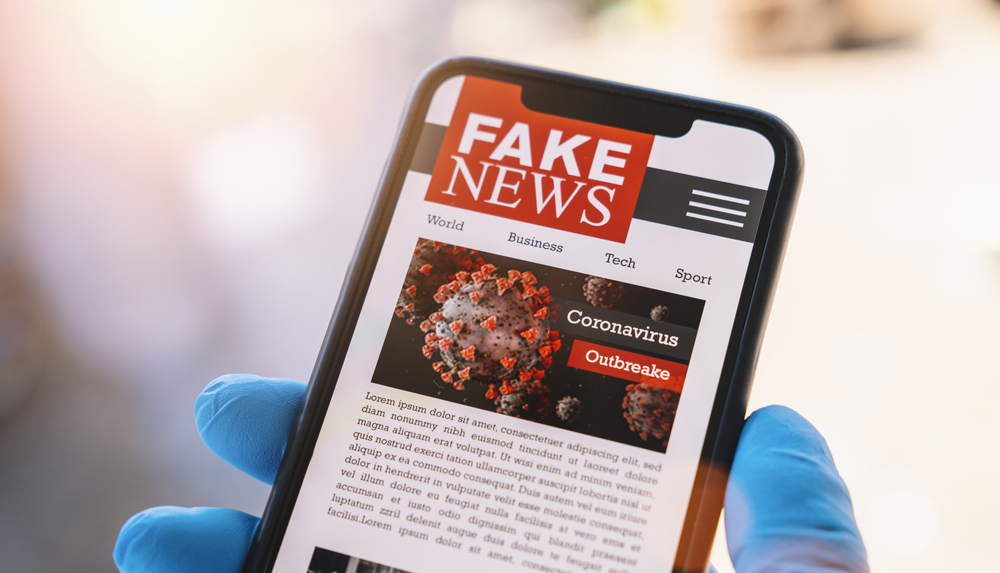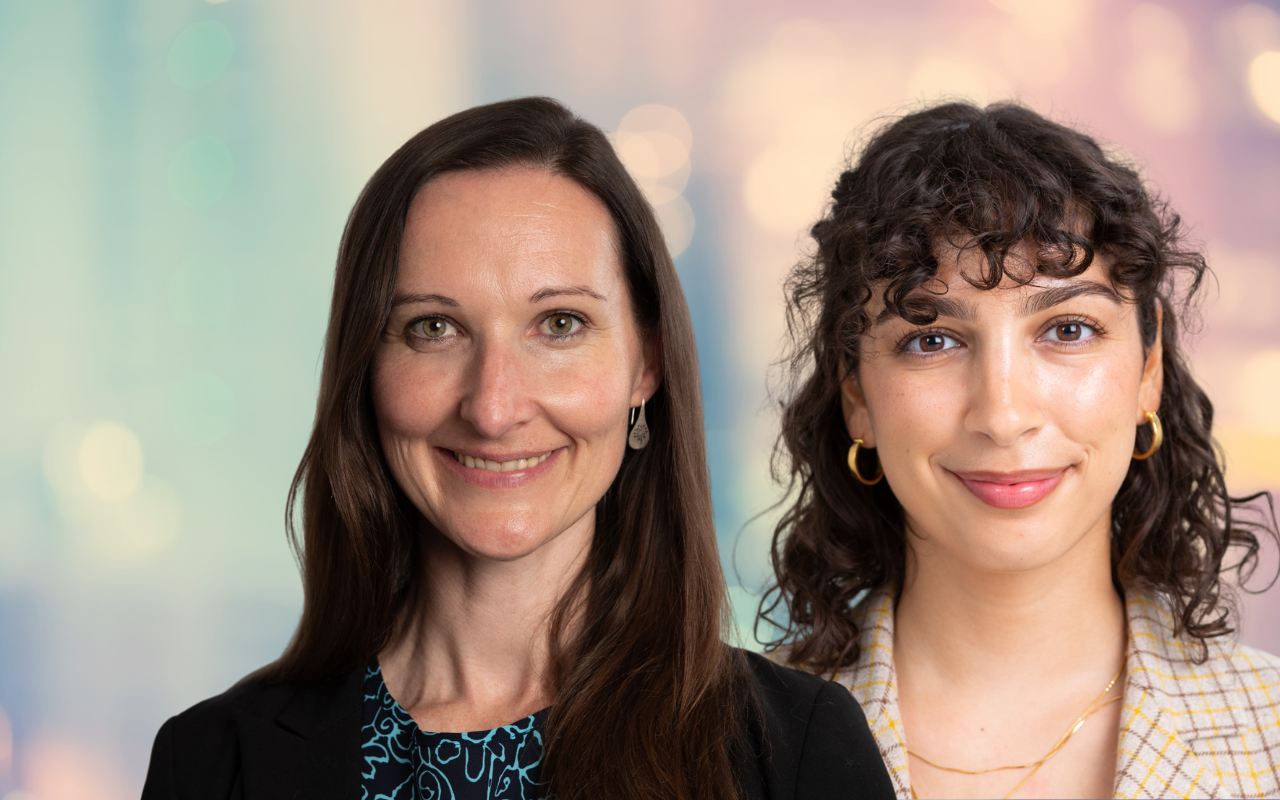Up to 60% of Australians have low health literacy, which is associated with poor health outcomes. To improve health literacy, there are many ways we could provide better support for health professionals and the communities they serve.
Health literacy means being able to access, understand, appraise and act on health information. Up to 60% of Australians have low health literacy, which is associated with poor health outcomes. This is because the current health care environment does not meet their needs — leading to less knowledge about health conditions, poor risk factor control, lower adherence to recommended management, greater hospitalisations and higher mortality rates.
To address this, our health care system must change to be responsive to health literacy needs. There are many ways we can provide better health literacy support for health professionals and the communities they serve. In this article, we explore two case studies for different target populations: heart disease prevention in primary care for middle-aged to older adults; and COVID-19 prevention messaging for young people in the community.

Case study 1: Supporting heart health literacy in primary care
Even in health areas where effective prevention measures are well established, health literacy can be a challenge. For heart disease prevention, we need people to be aware of and access Heart Health Checks with a GP; understand a myriad of numbers including blood pressure, cholesterol and their risk of a heart attack or stroke; change their lifestyle habits and take multiple new medications when they don’t feel sick; and know when and how to access appropriate health care if they develop symptoms. At the same time, patient and consumer information about heart health is hard to understand for the average person, from online risk calculators to cardiology consent forms.
The Sydney Health Literacy Lab at the University of Sydney has run a program of research over the last decade to support health literacy needs for Heart Health Checks. To increase awareness, we explored the use of “heart age” calculators as health promotion tools. To improve understanding, we integrated risk communication tools with GP guidelines, and codesigned a culturally appropriate conversation guide for use with Aboriginal and Torres Strait Islander communities. To help patients evaluate their prevention options, we developed health literacy-sensitive decision aids, with medication information in plain language and interactive lifestyle change support. To address access barriers, we partnered with the Heart Foundation to trial a targeted risk screening program. The first pilot involved over 200 general practices and reached 40 000 patients to increase access to Heart Health Checks by 14-fold. Importantly, careful testing was conducted with hundreds of consumers to ensure that invitation messages via SMS would not increase inequity between people with lower and higher health literacy.
Through such initiatives we aim to support heart health literacy in all communities in Australia. This will enable everyone to access Heart Health Checks, understand their cardiovascular risk, appraise which lifestyle and medication options are right for them, and act to reduce their chance of heart attack and stroke.

Case study 2: COVID-19 communication strategies to address health literacy barriers
During the emergency phase of the COVID-19 pandemic, we saw health literacy challenges escalate. COVID-19 evidence was constantly changing. Public health communication about COVID-19 was too complex for the average person to understand, both globally and nationally. The World Health Organization declared an “infodemic”, due to the proliferation of COVID-19 misinformation online.
The Sydney Health Literacy Lab adapted our research programs during the emergency phase of the pandemic, to identify and address health literacy needs for COVID-19. We conducted a series of national surveys that showed a need to address disparities between population groups. We found that people with lower health literacy had less COVID-19 knowledge and prevention intentions. Culturally and linguistically diverse communities differed in their information sources and access to reliable translations. And we identified unique patterns for younger people in Australia, who were more likely to endorse misinformation about COVID-19. Young people may have lower health literacy because they generally have less experience with the health system, and official COVID-19 health information was rarely created specifically for them. When young people were targeted for COVID-19 messaging, health authorities often used social media platforms that young people don’t actually use. Most messages didn’t use engaging social media strategies such as memes, influencers and humour to appeal to this tech-savvy population.
To ensure we are better prepared for the next emergency, we need to build trust and systems to ensure health messaging is codesigned with young people to reach them with engaging content. We are currently using codesign methods to develop a framework for health authorities to implement in their future practice. We are also working with social media influencers on platforms such as TikTok and Twitch, to explore innovative ways to connect with young people.
How can we improve health literacy in Australia?
At an individual level, health professionals can use established strategies to support health literacy. This includes providing written patient information in plain language with less medical jargon, and using verbal teach-back methods — asking patients to summarise key messages at the end of a consultation to check you have explained everything well enough. But we also need to change at an organisational and wider system level. The National Health Literacy Strategy is currently in development to support this. It is essential that we invest in implementing the recommendations of this strategy to prepare for the next health emergency, and to support the prevention of chronic disease. This will require multisectoral collaboration and codesign with the communities we are trying to reach — from young people through to older people. Supporting all communities to access, understand, appraise and act on health information is essential to improve health outcomes and close equity gaps.
Associate Professor Carissa Bonner is a behavioural scientist at the University of Sydney, Heart Foundation Future Fellow, deputy director of the Sydney Health Literacy Lab, and chief editor of Health Literacy & Communication Open. She is a scientific advisor on the draft National Health Literacy Strategy, an action under the Preventive Health Strategy for Australia.
Melody Taba is an experienced youth health researcher and PhD candidate at the University of Sydney. Her PhD involves codesigning a framework for using social media to communicate health messages to young people in the community to meet health literacy needs during health emergencies.
The statements or opinions expressed in this article reflect the views of the authors and do not necessarily represent the official policy of the AMA, the MJA or InSight+ unless so stated.
Subscribe to the free InSight+ weekly newsletter here. It is available to all readers, not just registered medical practitioners.
If you would like to submit an article for consideration, send a Word version to mjainsight-editor@ampco.com.au.

 more_vert
more_vert
Agree, our brief was to explain two health-specific case studies in this article, but the issue of health literacy will require a much bigger approach to build partnerships and community skills as well. This will require cross-disciplinary collaboration including the education sector as suggested in the above comments. You can read more about the broader approach in the National Health Literacy Strategy Framework documents: https://consultations.health.gov.au/national-preventive-health-taskforce/national-health-literacy-strategy-framework-consul/. The next stage will be public consultation for the full strategy.
Your work is good but we also need to start at the other end i.e. in schools and community organisations . Health literacy will always be difficult when general literacy is poor. Before I even thought about studying Medicine I had a First Aid certificate from a course run by our local QAS officer (they wouldn’t let me drive the ambulance- I was 12), a Home Nursing Certificate from QAS, Physiology in Grades 9+10, and CPR as part of Lifesaving at school. How about promoting Heath & PE as a Senior subject – it tends to be considered only for sporting types, but really would be useful for everyone
Pleased to see a re-emergence of this topic of health literacy but your definition is too narrow, too profession-centric. Health literacy is not (only or even mostly) about communicating current (changeable) day thinking on ‘what’s best’ for a population.
It’s a good development but I would be inclined to put it less in the hands of medicos and perhaps bring in some English expertise from Uni and TAFE sectors. They have a better understanding of language and how it sits in life in various forms. contexts and needs.
A person’s health and wellbeing needs for service are generally re-active and less pro-active. The narrative for re-active can be vastly different to proactive – the latter being less definitive and sometimes driven by nuanced feelings or a sense of wanting something different in QoL (Quality of Life). This often may be associate with varied ups and downs of mental wellbeing (not clearly found in DSM V). The expression of this can be the stumbling point. If my doctor is to help me they must first understand my narrative.
Having developed training materials and lectured in the fields of comorbidity ( MH and AOD) in the TAFE sector I have a reasonable understanding of such communication difficulties as many of the students came into the courses with lived experience of various health systems (there’s not only the one in which communication is a problem). Also having worked in a counselling role and health advocacy with individuals he challenge is greater than just getting understanding of terms – given that the national general illiteracy and illnumeracy rates are 10% or higher in socially disadvantaged individuals, families and communities.
Anyway – I could go on – happy to help if needed.
Thanks for your outline of this important and neglected aspect of providing health care.